A Superior BioBlitz
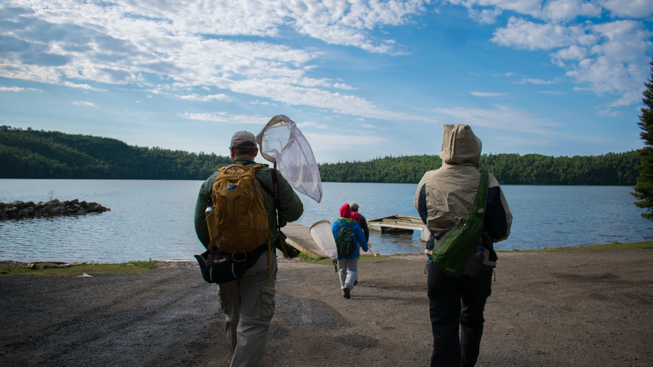
Guest blog written by 2017 Environmental Visual Communication student Adil Darvesh
Most BioBlitzes tend to span a 24-hour period, but this was no typical BioBlitz.
After an 18-hour drive covering 1,400 kilometres from Toronto to the North shore of Lake Superior, I spent a week documenting one of BioBlitz Canada 150’s ten Intensive Scientific BioBlitzes. This Blitz involved only top scientific experts, and took place in a relatively remote location. A group of ROM scientists teamed up with The Nature Conservancy of Canada, the Natural History Information Centre, and the Ontario Ministry of Natural Resources and Forestry to complete the first ever biological survey of the NCC’s 2,500 acre Big Trout Bay Nature Reserve in Neebing, Ontario.
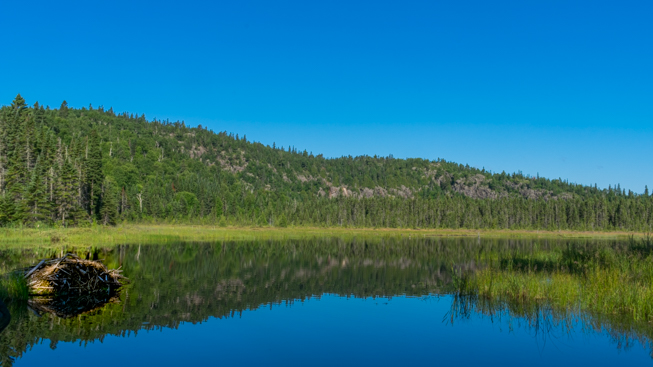
After growing up next to Lake Ontario, the landscape around Lake Superior makes for a stark contrast. The air seems crisper and smells strongly of pine trees from the boreal woodland that spreads in front of you for miles. The water is so clear, and you can see the outlines of the rocks under the surface; the constant hum of urban traffic that is familiar to the southern Great Lakes is replaced by the peaceful quiet of nature. It is exquisite.
While I admired the scenery every chance I could, I was quickly absorbed in the hectic work of bioblitzing. Trekking through the trails of the reserve with one of the groups of scientists, suddenly our whole team veered off the trail to the right. Associate Curator of Invertebrates, Sebastian Kvist, stopped us in our tracks to listen – he’d heard a stream in the distance. Along with Nicole Richards, Coordinator of the Trout Bay BioBlitz and Don Stacey, Wet Collections Technician at the ROM, Sebastian led us through the woods until we found a distant pond that housed leeches, snails and the most ferocious mosquitoes I’ve ever encountered. Similar detours became a common theme throughout the rest of the week-long bioblitz. With this being the first time that the area had been surveyed, all of the scientists were on constant alert to find any and all species, in every nook and cranny of the Reserve.
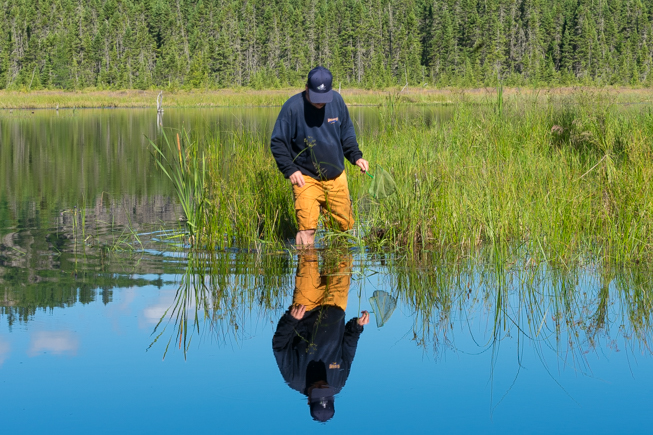
As the week continued, what I could rely on was that every day would be an adventure. The Big Trout Bay BioBlitz meant bushwhacking through dense forest with the botanists to seining in the rocky Pine River with the fish team, to getting swarmed and eaten alive by mosquitoes (on the first day alone I counted 43 bites!) while thigh-deep in a swamp with aquatic invertebrate zoologists. Every night, the taxon groups would head to their work stations or laboratories to compile what they had gathered throughout the day. It was important for them to begin preparing specimens to work on identifying the more difficult ones through DNA sampling later. The week consisted of many late nights and early mornings. One week of bioblitzing with these scientists is honestly the best summer beach body boot camp you could possibly imagine!
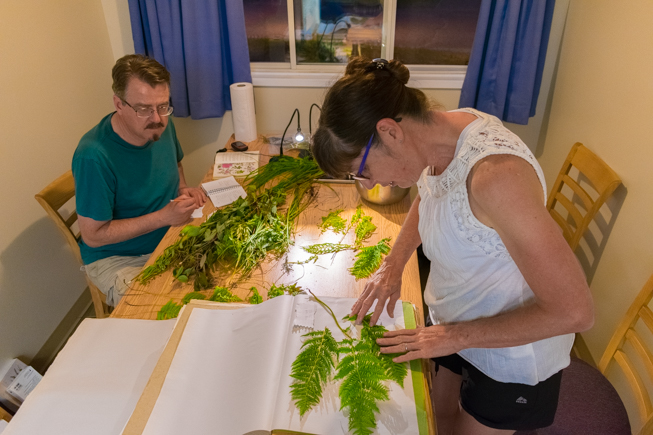
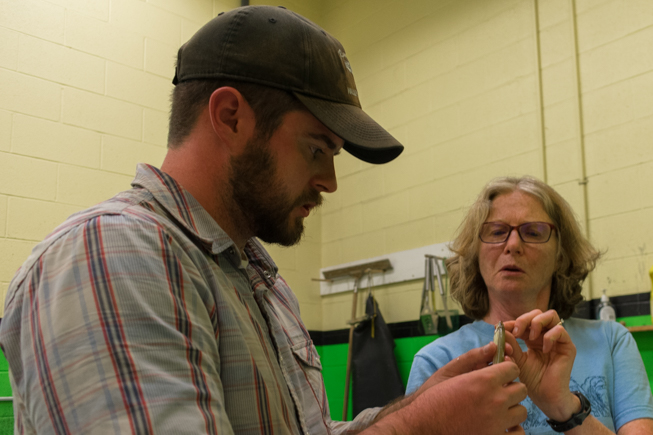
The excitement was palpable whenever we found something strange or new. In the small moments, while driving between sites or over dinner, scientists would eagerly talk together about the day’s events, from the ichthyologists finding a Pygmy Whitefish (Prosopium coulteri), a first for the ROM collection, to discovering that the nature reserve houses at least half of all the leech species found in the entire province of Ontario. One of the best parts of a bioblitz though has to be the sharing of stories and the comraderie between scientists from different areas of expertise, working together to create a snapshot of the biodiversity of this incredible nature reserve.
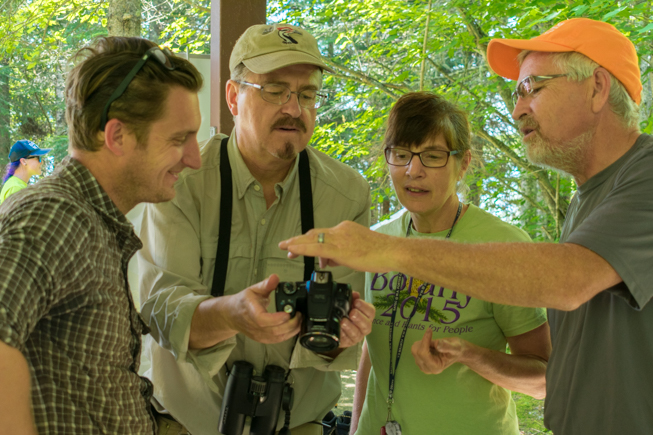
Curious about the species that have been found during this bioblitz? You can follow along on iNaturalist as more species are identified and added to the project. Currently, 503 species have been added and many more are yet to come. Like I mentioned at the beginning of the blog, the Big Trout Bay BioBlitz is different, because it’s still not quite finished. Surveying will continue again in the fall, when other species are more active or in bloom, when other taxon groups like fungi biologists (mycologists) and mammalogists head back to add more of their observations to the species list. In the meantime, below are a couple photos of some species we found last week:
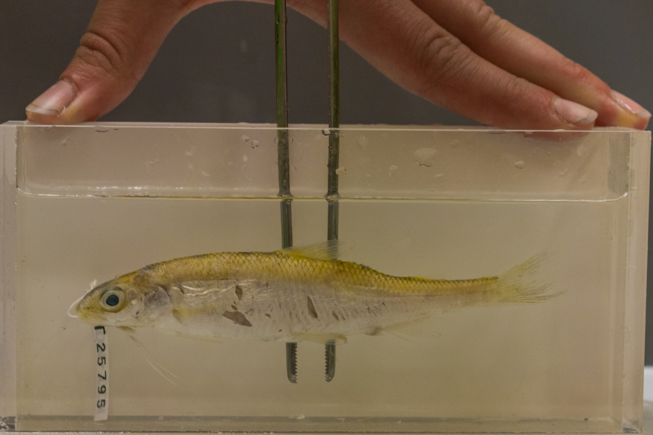
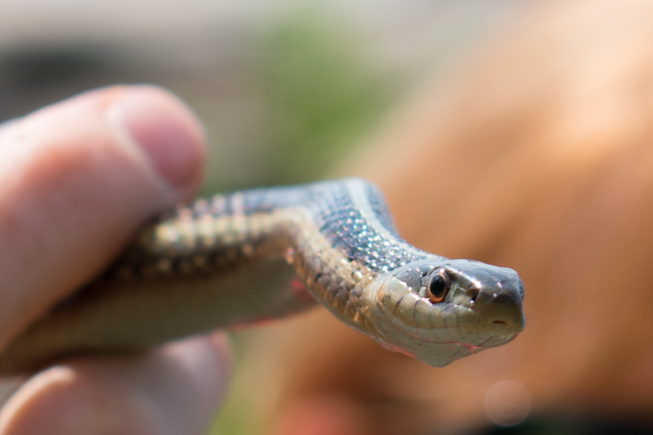
The Big Trout Bay BioBlitz is a part of BioBlitz Canada 150, a Canada 150 Signature Project, supported by the Canadian Wildlife Federation, the Royal Ontario Museum, the Nature Conservancy of Canada, Natural History Information Centre, and the Ontario Ministry of Natural Resources and Forestry. To learn more about BioBlitz Canada, visit the website here.
